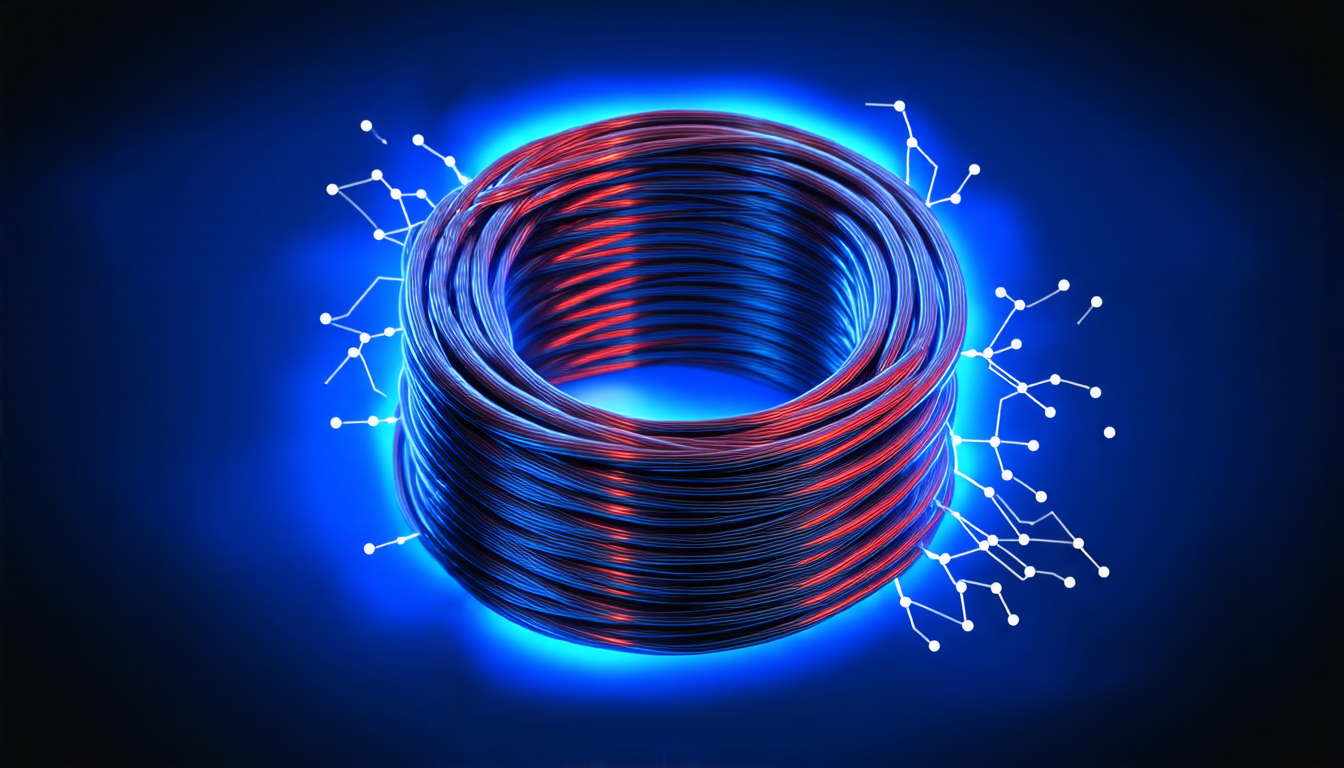Wednesday 23 April 2025
Scientists have long been fascinated by the properties of superconductors, materials that can conduct electricity with zero resistance when cooled to extremely low temperatures. Recently, researchers made a surprising discovery in the field of superconductivity – they found a way to induce superconductivity at much higher temperatures than previously thought possible.
The breakthrough was achieved by studying the behavior of electrons in a specific type of material called uranium ditelluride (UTe2). This material is known for its unusual properties, including the ability to exhibit both magnetic and superconducting behavior.
By applying a strong magnetic field to the material, scientists were able to create an environment where the electrons began to behave in a way that allowed them to form pairs. These paired electrons are what give rise to superconductivity.
The key to this discovery was the use of spin-orbit coupling (SOC), a phenomenon that occurs when the spin of an electron interacts with its motion through space. In the case of UTe2, SOC plays a crucial role in allowing the electrons to form pairs and become superconductive.
The research team used a combination of theoretical modeling and experimental techniques to study the behavior of the material. They found that by adjusting the strength of the magnetic field and the temperature of the material, they could induce superconductivity at much higher temperatures than previously thought possible.
One of the most exciting aspects of this discovery is its potential for practical applications. Superconductors have a wide range of uses, from medical devices to power transmission lines. The ability to create superconductors at higher temperatures could lead to more efficient and cost-effective technologies.
The researchers are eager to continue studying UTe2 and other materials to learn more about the properties of superconductivity. They believe that this discovery has the potential to revolutionize our understanding of how electrons behave in different materials, and could lead to new breakthroughs in fields such as energy storage and transportation.
In their quest for a deeper understanding of superconductivity, scientists have discovered a phenomenon that could change the game. By inducing superconductivity at higher temperatures than previously thought possible, researchers may be on the cusp of creating more efficient and cost-effective technologies.
Cite this article: “Field-Induced Superconductivity in Unconventional Metals: A Breakthrough in Quantum Materials Research?”, The Science Archive, 2025.
Superconductivity, Uranium Ditelluride, Magnetic Field, Spin-Orbit Coupling, Electrons, Superconductive Behavior, Theoretical Modeling, Experimental Techniques, Practical Applications, Energy Storage.







